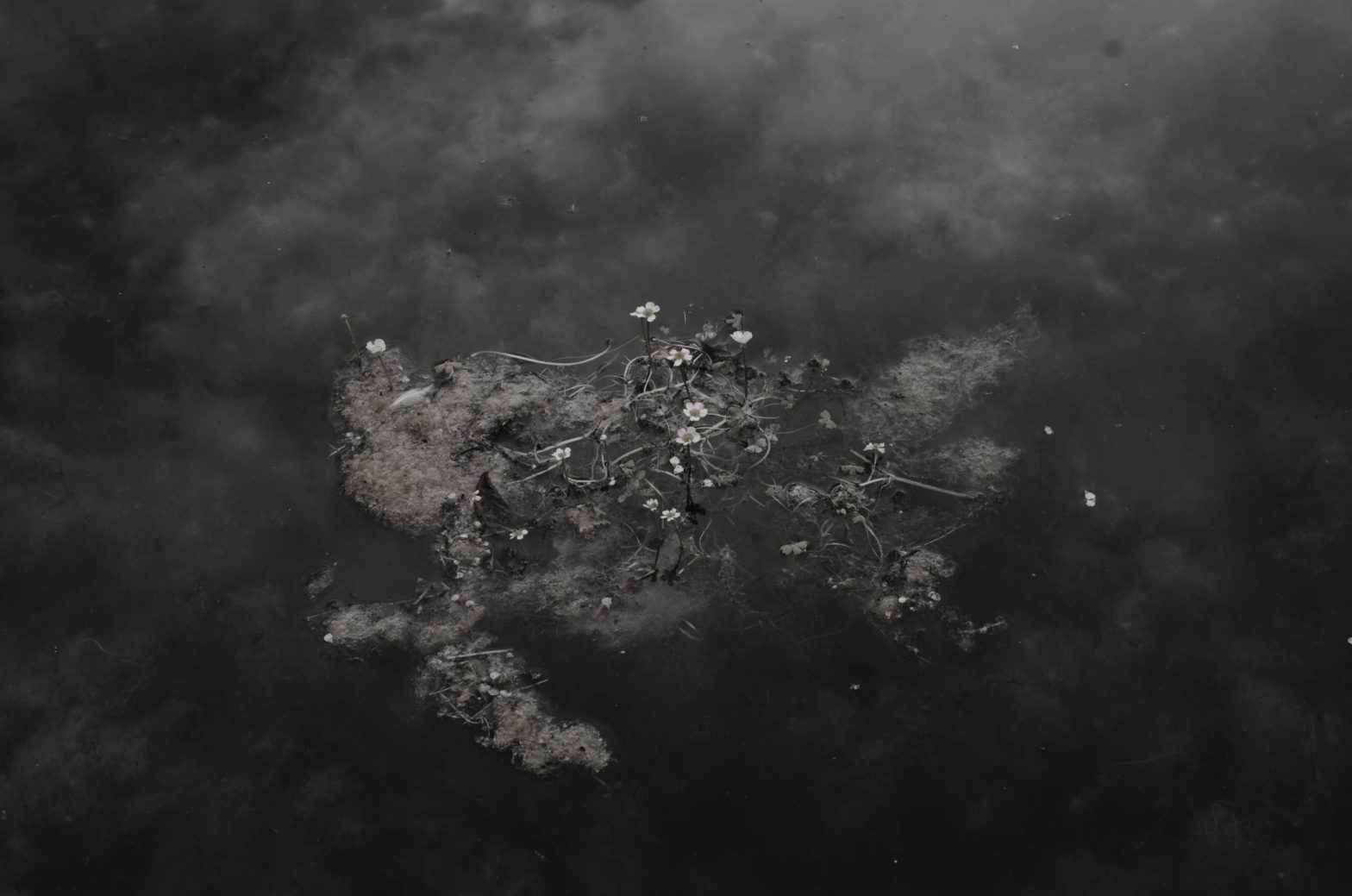The Royal Veterinary and Agricultural University, founded in 1856, was a veterinary and agricultural science university in Copenhagen, Denmark, until its merger with the University of Copenhagen in 2007.
Surrounding the buildings, designed by Gottlieb Bindesbøll, are its unique gardens, which house a diverse collection of over 6,000 plants and flowers.

Salomon Thomas Nicolai Drejer
The series draws on a book by the Danish botanist Salomon Thomas Nicolai Drejer (born February 15th, 1813, Eveldrup; died June 10th, 1842, Copenhagen), published in 1838, at which point Drejer was 25 years old.
“Exergue. From philosophy, rhetoric. That is, here, to make from a volume, approximately, more or less, a flower, to extract a flower, to mount it, or rather to have it mount itself, bring itself to light – and turning away, as from itself, come round again, such a flower engraves – learning to cultivate, by means of a lapidary’s reckoning, patient . . .” — Jacques Derrida, in Alan Bass’s translation, Margins of Philosophy, 1971.
Flora Danica
From 1841 to 1842, Drejer served as editor of Flora Danica. He did not complete the work due to his untimely death from nicotine poisoning.
Drejer’s contribution to Flora Danica, one of the most comprehensive botanical atlases of the Enlightenment, was published posthumously in 1843 in collaboration with fellow botanists Joakim Frederik Schouw and Jens Vahl.
1838 Edition of ‘Flora Excursoria Hafniensis’

The book comprises 340 pages, including an unnumbered errata page at the very end. The photo shows a first edition from 1838, which I acquired about a year ago from Herman H.J. Lynge & Søn.
Both Latin and Danish names are provided in the index and species listings. The Danish ones often strikingly poetic: Agermaane, hjortetröst, hörsilke, natskygge, remslæbe, skovstjerne, troldurt, tusindfryd, vandkryber, vandnavle, vinterblomme og vedbend, for example.
Also see: Objects for an Ideal Home
Pale Blue Flowers, The Royal Veterinary and Agricultural University’s Garden

“And then by diagrams (another mathematical metaphor, or more precisely, at least a geometrical metaphor, but this time garnished with a flower, in order to present the field of a meta-metaphorics): “If the present work could be retained as a basis for a physics or a chemistry of reverie, as the outline of a method for determining the objective conditions of reverie, it should offer new instruments for an objective literary criticism in the most precise sense of the term.
It should demonstrate that metaphors are not simple idealizations which take off like rockets only to display their insignificance on bursting in the sky, but that on the contrary metaphors summon one another and are more coordinated than sensations, so much so that a poetic mind is purely and simply a syntax of metaphors.
Each poet should then be represented by a diagram which would indicate the meaning and the symmetry of his metaphorical coordinations, exactly as the diagram of a flower fixes the meaning and the symmetries of its floral action. There is no real flower that does not have this geometrical pattern. Similarly, there can be no poetic flowering without a certain synthesis of poetic images.
One should not, however, see in this thesis a desire to limit poetic liberty, to impose a logic or a reality (which is the same thing) on the poet’s creation. It is objectively, after the event, after the full flowering, that we wish to discover the realism and the inner logic of a poetic work. At times some truly diverse images that one had considered to be quite opposed, incongruous and noncohesive, will come together and fuse into one charming image. The strangeness of Surrealism will suddenly reveal a continuity of meaning.“
Bachelard, The Psychoanalysis of Fire, trans. A. C. M. Ross (Boston: Beacon Press), pp. 109-10, quoted from ‘White Mythology – The Flowers or Rhetoric’, Margins of Philosophy, Jacques Derrida, 1972.
